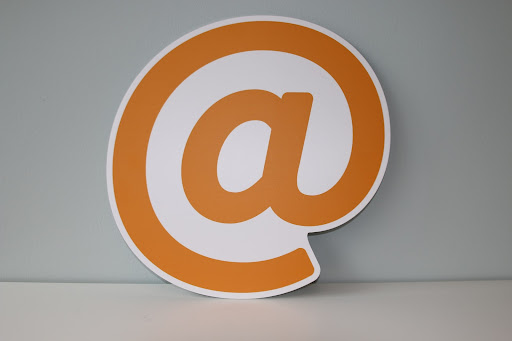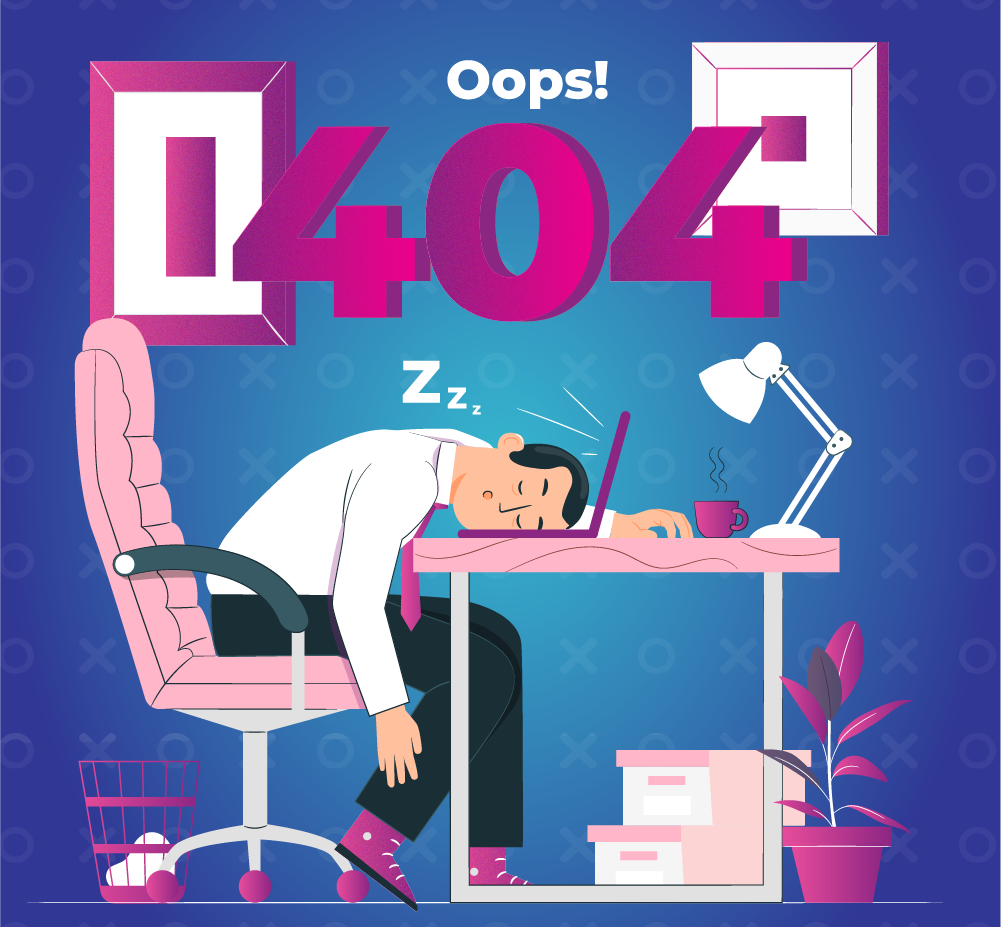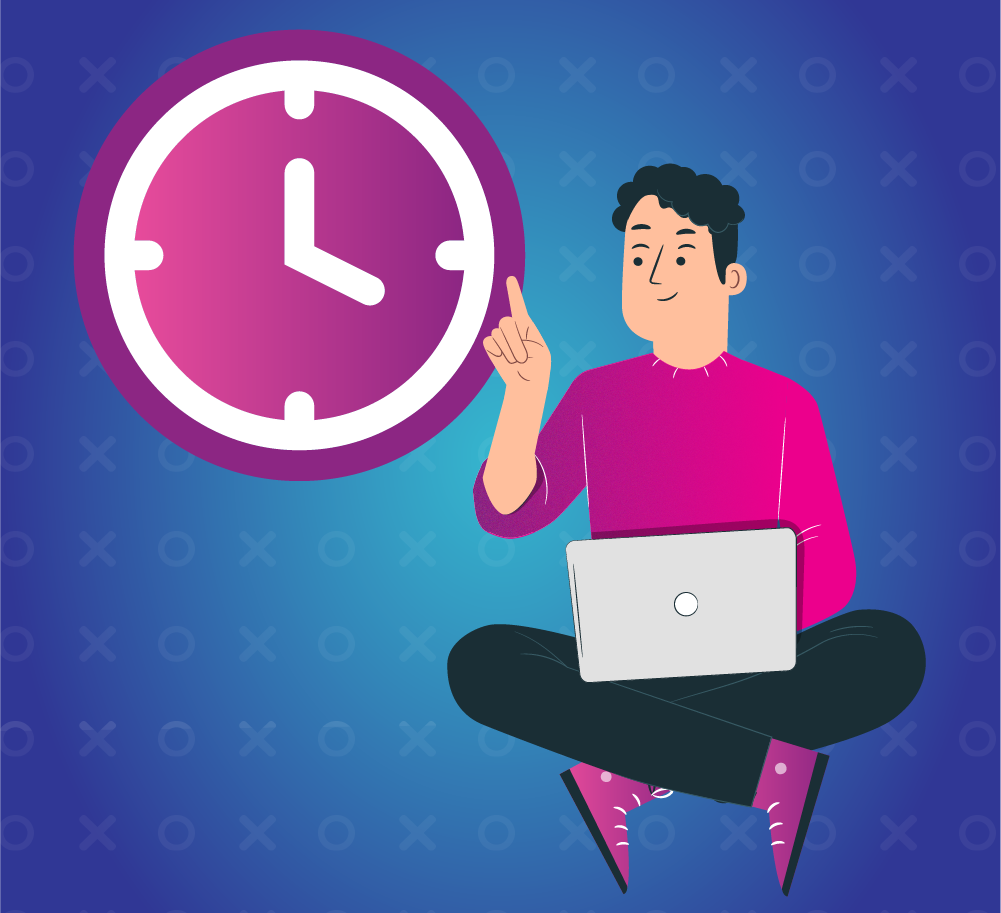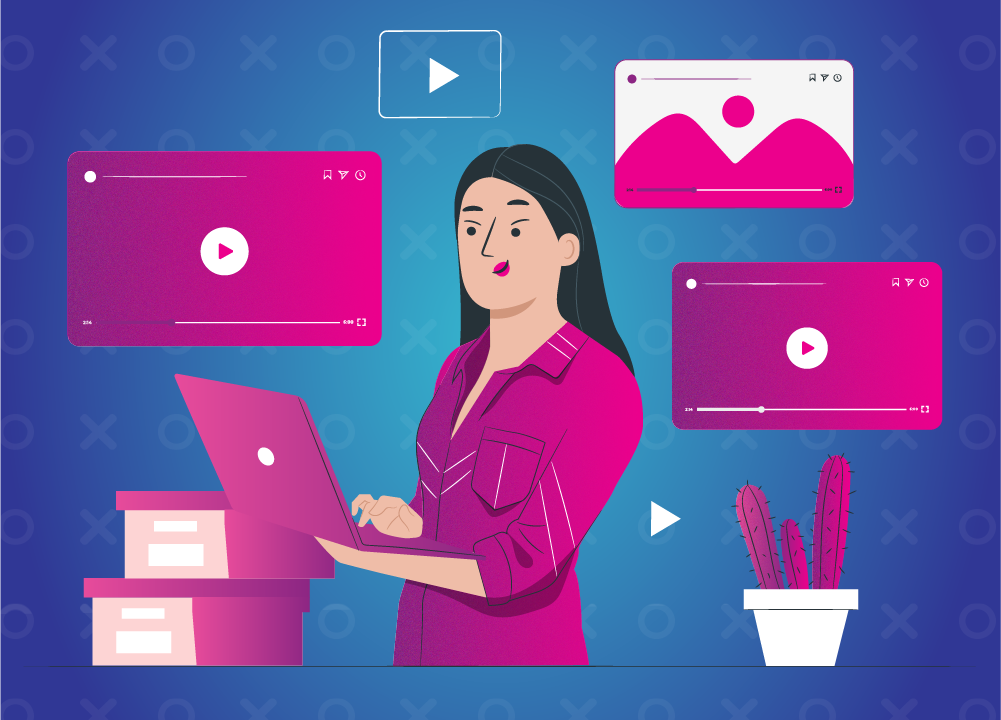
This article is a guest post by Rick Seidl.
People can sometimes experience feelings of anxiety or stress when they open their inboxes. They can have a hard time focusing on a task or easily get distracted by other things. If they experience this frequently, they probably suffer from email fatigue.
Email fatigue is a condition that can affect anyone who relies heavily on email for work or personal communications. It is characterized by feelings of stress, anxiety, and even dread when faced with the prospect of dealing with emails.
The condition can lead to decreased productivity, as well as difficulty sleeping and concentrating.
However, there are ways to combat email fatigue. By using some simple strategies, people can take back control of their inboxes and reduce the stress that comes with dealing with emails.
If you’re thinking of building a new email marketing strategy, you should keep this issue in mind. Here is how to better understand this condition and how to address it.
What is email fatigue?

Email fatigue occurs when the act of dealing with emails becomes a source of stress or anxiety for a person. The condition is characterized by feelings of dread when faced with an inbox full of messages, as well as difficulty concentrating on the task at hand.
This condition is caused by several factors. One is the sheer volume of emails many people receive daily. On average, people receive 121 emails per day. With so many messages to sort through, it can be difficult to prioritize them and focus on what’s important.
Another factor that contributes to email fatigue is the constant need to be “on” and available. Because email is such a quick and easy way to communicate, people often expect an immediate response.
Feeling like people need to provide an immediate response because it’s expected of them can lead to feelings of anxiety or stress, as well as a sense of needing to be constantly connected and available.
Another factor contributing to email fatigue is the way email is used. If a person is using it as a way to procrastinate or avoid other tasks, they might experience feelings of guilt or frustration.
Email fatigue is a very real problem for a lot of people. The symptoms can be both mental and physical, and they can lead to decreased productivity and difficulty concentrating.
What are the symptoms of email fatigue?
The symptoms of email fatigue can vary from person to person. However, there are some common symptoms that many people experience. For instance, the first indication that a problem might exist is the feeling of anxiety or stress when opening the inbox. If the heart starts racing and the stomach tightens, there is definitely a reason to worry.
Focusing on the task at hand could also be very difficult, and getting distracted by other things is another symptom to pay attention to. The feeling of constantly playing catch-up is also common, followed by the feeling that there’s no way to get ahead. Some people may also suffer from insomnia or difficulty sleeping.
Decreased productivity, difficulty sleeping, and feeling overwhelmed are all common symptoms of email fatigue.
Feeling like they need to be constantly available or connected makes people feel anxious. As soon as they start feeling guilty about not replying to an email, or about taking too long to reply, the anxiety builds. It can be tough to concentrate on anything else when in this state.
Physical symptoms such as headaches, tightness in the chest, or fatigue can indicate this problem as well.
Not checking the inbox or checking it too frequently can also be a cause of this condition.
When suffering from email fatigue, people may find themselves avoiding their inboxes altogether. Or, they may find themselves checking it obsessively in an effort to stay on top of things.
How to cure email fatigue
If you find yourself experiencing symptoms of email fatigue, it’s important to take a step back and seek help.
There are plenty of ways you can reduce the stress and anxiety that come along with an overwhelming email inbox. By using some simple strategies, you can take back control of your inbox and reduce the amount of time you spend dealing with your email each day.
These strategies include:

Set aside specific times of day to check and respond to emails. This will help you to avoid the feeling of being constantly “on” and available. It will also help you to stay focused and productive, as you’ll know that you have a set time to deal with email each day.
Create a system for organizing and managing your email. This may involve using folders or labels to sort messages, or unsubscribing from newsletters and other emails that you don’t have time to read or are no longer relevant to you. By taking some time to declutter your inbox, you’ll make it easier to find the important messages.
Be mindful of the way you use email. Make sure that you’re not using it as a way to procrastinate or avoid other tasks. If you find yourself getting anxious or stressed when you open your inbox, take a break and come back to it later.
Email can be a helpful tool, but it’s important to use it in a way that doesn’t cause stress or anxiety. By being mindful of your email usage and taking some time to reduce the clutter in your inbox, you can help prevent email fatigue.
On the other hand, if you’re looking for ways to strengthen your email marketing campaign with your customers’ well-being in mind, there are plenty of ways to do so.
How to avoid email fatigue with your email marketing strategy
Email marketing can be a great way to connect with your customers and promote your business. However, it’s important to create a strategy that will help you to achieve your goals.
Some things to keep in mind when creating an email marketing strategy include identifying your target audience, setting the goals, and determining what kind of content to include.
You should also consider the frequency of your emails and the best time to send them. Once you have a plan in place, you can start to create and implement your campaign.
Consulting professionals is a good idea too. For instance, the best reputation management agencies could always help you build better marketing strategies while also ensuring that your emails don’t end up in the spam folder.
By following these tips, you can create an email marketing strategy that will help you to achieve your goals and connect with your customers.
However, to create a perfect strategy, you’ll have to consider the existence of email fatigue too.
Here is how to create an email marketing strategy that takes into account email fatigue.
Segment your email list
The first thing you need to do is segment your email list. This will help you to send targeted emails that are more likely to be opened and read.
You can segment your list by factors such as age, location, or interests. This will allow you to create a more personalized experience for your subscribers.
In addition, you should also consider segmenting your list based on engagement. This will help you to send emails to those who are more likely to be interested in what you have to say.
By segmenting your list, you can create a more targeted and effective email marketing campaign.
Choose the right time to send your emails
Another thing to consider is the best time to send your emails. You’ll want to avoid sending emails when people are likely to be busy or distracted.
Instead, you should focus on sending emails during times when people are more likely to have time to read them. This may vary depending on your audience, but some good times to send emails include early in the morning, during lunchtime, or in the evening.
You should also avoid sending too many emails. If you start to bombard your subscribers with too many messages, they’re likely to become overwhelmed and tune out.
It’s important to find a balance between sending too many and too few emails. Finding the right frequency for your campaign allows you to keep your subscribers engaged without overwhelming them.
Personalize your emails
Personalizing your emails is another great way to create a more targeted and effective campaign. You can personalize your emails by including the subscriber’s name, using customer data, or sending targeted content.
Including the subscriber’s name in your email helps to create a more personal connection. Using customer data allows you to send relevant and targeted content.
And finally, sending targeted content ensures that your subscribers are receiving information that is of interest to them. Personalizing your emails creates a more engaging and effective campaign.
Think of emails as content campaigns
Including valuable content in your emails is essential. If you want people to actually read your emails, you need to include content that is interesting and useful.
Your content should be well-written and engaging. It should also be relevant to your subscribers.
Think of your email content as a mini campaign. Each email should have a specific focus and include valuable information that your subscribers will appreciate.
Take advantage of video content

Video content is a great way to add value to your emails. Including a video in your email can help to capture attention and keep people engaged.
When creating video content, you should keep it short and concise. You want to make sure that your videos are easy to watch and understand.
Including videos in your emails is a great way to add an extra layer of interest and engagement.
Create email triggers carefully
Email triggers can be a great way to automate your email marketing. But it’s important to create these triggers carefully.
You don’t want to bombard your subscribers with too many emails. Instead, you should focus on creating email triggers that are relevant and useful.
Some examples of email triggers include abandoned cart emails, purchase confirmation emails, shipping confirmation emails, and customer satisfaction surveys.
By carefully crafting your email triggers, you can create an automated email campaign that is both effective and unobtrusive.
Measure the signs of fatigue
It’s important to keep an eye on your email metrics. This will help you to identify any signs of fatigue.
Some signs of email fatigue include a decrease in open rates, a decrease in click-through rates, and an increase in unsubscribe rates.
If you notice any of these signs, it’s important to take action. You may need to adjust your email frequency or change the type of content that you’re sending.
By monitoring your email metrics, you can prevent email fatigue before it becomes a problem.
Show empathy and understanding
If you do start to notice signs of email fatigue, it’s important to show empathy and understanding. This is especially true if you’re sending transactional or notification emails.
Your subscribers are likely to appreciate your understanding if they feel like they’re being bombarded with too many emails.
You can show empathy by giving subscribers the option to adjust their email frequency or by providing an easy way to unsubscribe from your emails.
Let your subscribers mark their preferences
It’s also important to let your subscribers mark their preferences. This way, they can control how often they receive your emails.
You can do this by including an unsubscribe link in your emails or by providing a preference center.
A preference center is a great way to let subscribers choose the types of content that they want to receive. It also allows them to adjust their email frequency.
Keep track of your landing page performance
Your landing pages are an important part of your email campaigns. They should be well-designed and relevant to your subscribers.
You should also keep track of your landing page performance. This includes your bounce rate, conversion rate, and click-through rate.
If you notice a decrease in performance, it could be a sign of email fatigue. You may need to make some changes to your landing pages to keep people engaged.
Conclusion
Email fatigue is a real problem. No matter whether you are a customer suffering from this condition or a business owner, it is essential to be aware of the symptoms and ways to cure this condition. With a little effort, you can keep your subscribers happy and avoid email fatigue.
Rick Seidl is a digital marketing specialist with a bachelor’s degree in Digital Media and Communications, based in Portland, Oregon. He carries a burning passion for digital marketing, social media, small business development, and establishing its presence in a digital world, and is currently quenching his thirst through writing about digital marketing and business strategies for Find Digital Agency.

Free 14-Day Trial
Start building relationships now with your fully-featured 14-day trial!
How We Compare
Terms | Done-For-You Terms | Privacy | Write For Us | Press
© 2025 Postaga. All Rights Reserved. Made with 
